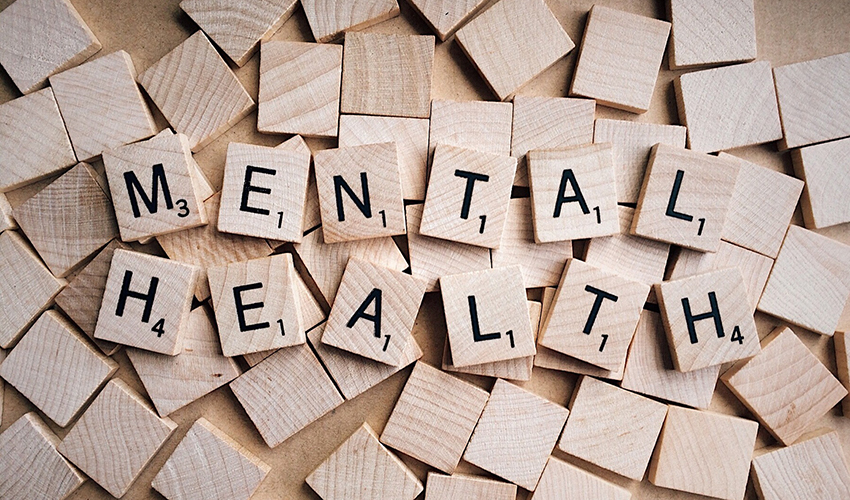World Mental Health Day: SF State psychologist shares resources for suicide prevention

Thursday, Oct. 10, is World Mental Health Day, with a specific focus this year on suicide prevention. To mark the day, we asked Dr. Stephen Chen, director of Counseling & Psychological Services (CAPS) at San Francisco State University, to share resources for suicide prevention.
“When it comes to something as important as suicide prevention, application of the adage ‘it takes a village’ is all too true,” said Chen. “The landscape for mental health continues to evolve and it is great to see commitment from San Francisco State and other organizations in creating overall awareness around mental health issues.”
For anyone who is feeling suicidal, Chen advises they should follow these five steps provided by mental health and wellness nonprofit HelpGuide.
Step 1: Promise not to do anything right now
Even though you’re in a lot of pain right now, give yourself some distance between thoughts and action. Make a promise to yourself: “I will wait 24 hours and won’t do anything drastic during that time.” Or, wait a week. Thoughts and actions are two different things — your suicidal thoughts do not have to become a reality.
Step 2: Avoid drugs and alcohol
Suicidal thoughts can become even stronger if you have taken drugs or alcohol. It is important to abstain from nonprescription drugs or alcohol when you feel hopeless or are thinking about suicide.
Step 3: Make your home safe
Remove things you could use to hurt yourself such as pills, knives, razors or firearms. If you are unable to do so, go to a place where you feel safe. If you are thinking of taking an overdose, give your medication to someone who can return it to you one day at a time as you need them.
Step 4: Don’t keep these suicidal feelings to yourself
Many of us have found that the first step to coping with suicidal thoughts and feelings is to share them with someone we trust. It may be a family member, a friend, a therapist, a member of the clergy, a teacher, a doctor, a coach or an experienced counselor at the end of a helpline. Find someone you trust and let them know how bad you’re feeling. Don’t let fear, shame or embarrassment prevent you from seeking help. And if the first person you reach out to doesn’t seem to understand, try someone else. Talking about how you got to this point in your life can release a lot of the pressure that’s building up and help you find a way to cope.
Step 5: People DO get through this
Even people who feel as badly as you are feeling now manage to survive these feelings. Rest assured in this. There is a good chance you are going to live through these feelings, no matter how much self-loathing, hopelessness or isolation you are currently experiencing. Just give yourself the time needed and don’t try to go it alone.
Do you know someone who’s experiencing suicidal thoughts? Here are ways to help provided by the Suicide Prevention Lifeline.
- Be direct. Talk openly and matter-of-factly about suicide.
- Be willing to listen. Allow expressions of feelings. Accept the feelings.
- Be nonjudgmental. Don’t debate whether suicide is right or wrong or whether feelings are good or bad. Don’t lecture on the value of life.
- Get involved. Become available. Show interest and support.
- Don’t dare the person to do it.
- Don’t act shocked. This will put distance between you.
- Don’t be sworn to secrecy. Seek support.
- Offer hope that alternatives are available but do not offer glib reassurance.
- Take action. Remove means, like weapons or pills.
- Get help from people or agencies specializing in crisis intervention and suicide prevention.
Chen also reiterated that CAPS offers many mental health resources on campus that not only address suicide prevention but other mental health issues, as well. CAPS also maintains a list of resources available off campus. For more information about CAPS, please visit its website.